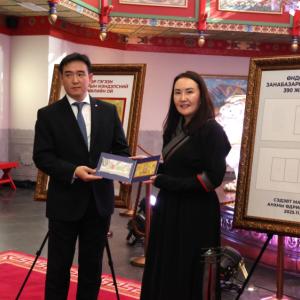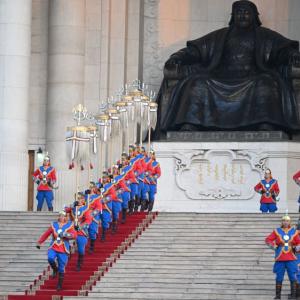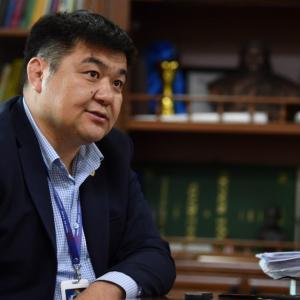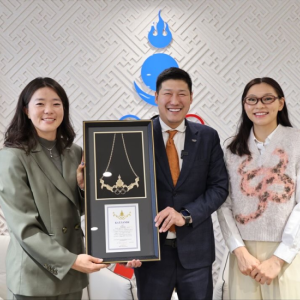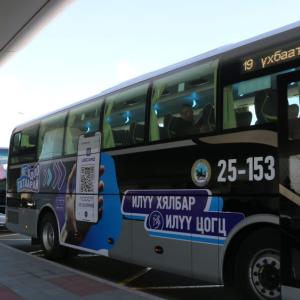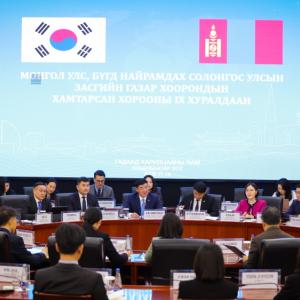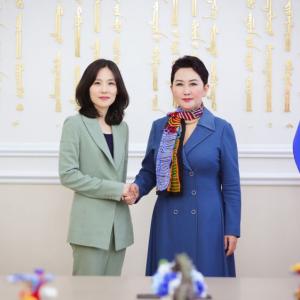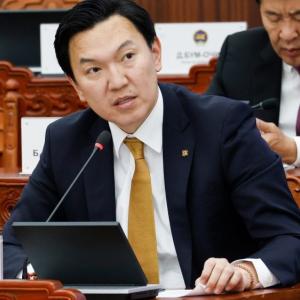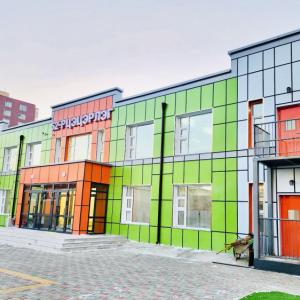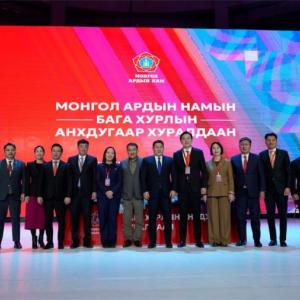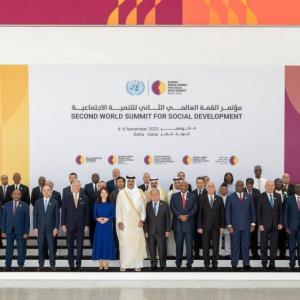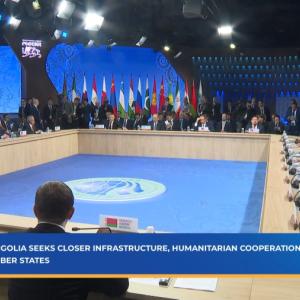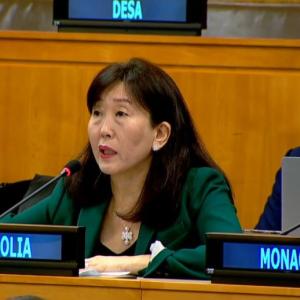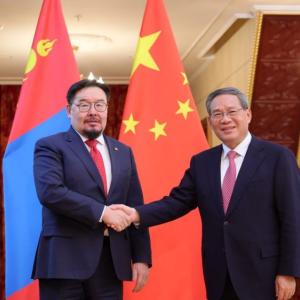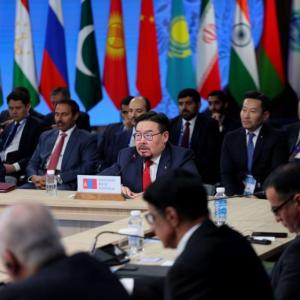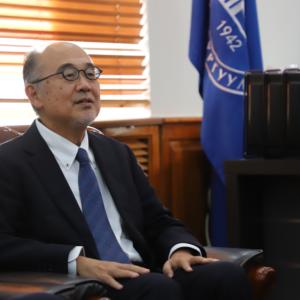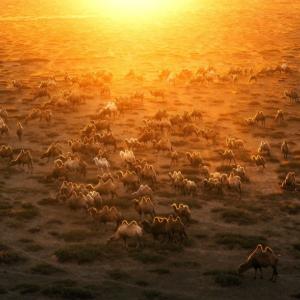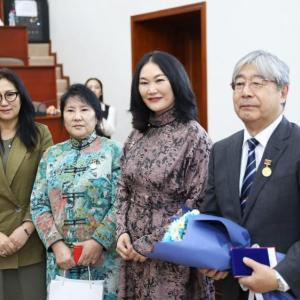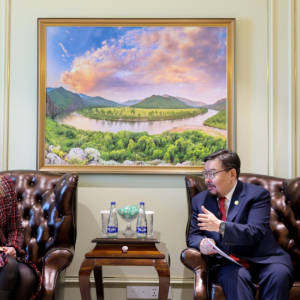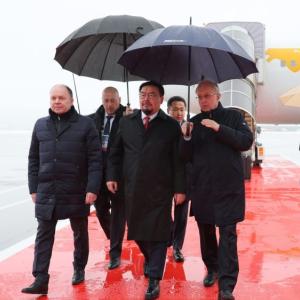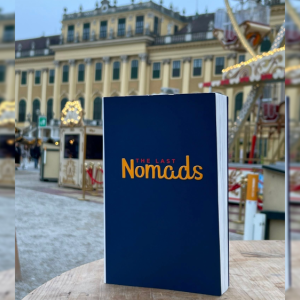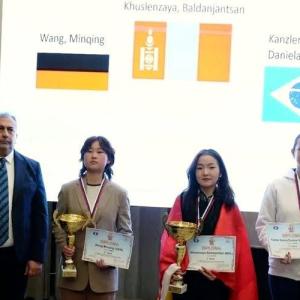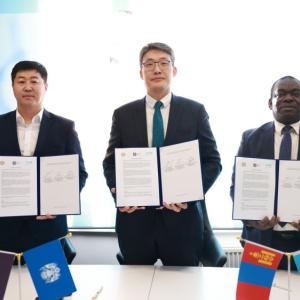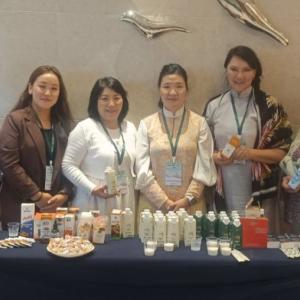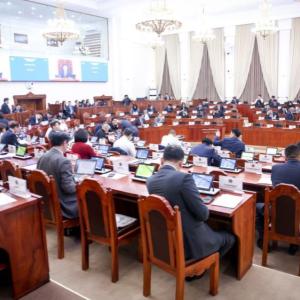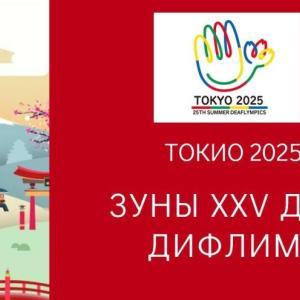Current economic state and future tendencies discussed
Economy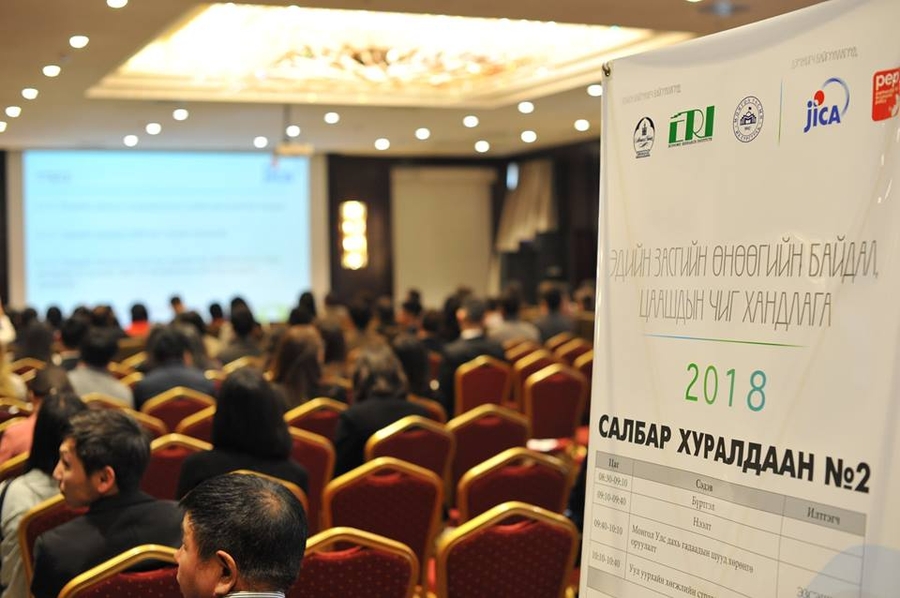
Ulaanbaatar /MONTSAME/ A meeting themed ‘Current economic state and future tendencies’ was co-organized by the Economic Research Institute, Central Bank of Mongolia and the National University of Mongolia on March 13. At the meeting researchers of the Economic Research Institute and Central Bank of Mongolia introduced their presentations on Foreign Direct Investment in Mongolia, Mining development strategy and Export diversification and economic growth.
During the meeting it was mentioned that Mongolia is unable to control the foreign investment flows. According to a study by the Economic Research Institute, the vast majority of the investments is being spent on imports and basically goes to the mining and construction sectors. In resource-rich countries like Mongolia investments begin to rise as mineral prices on the world market increase and slow down as coal and copper prices decrease. The researchers emphasize that the resource-rich countries have potential to attract investments and use it properly, but the political stability is most important.

The state budget receives MNT 1.8 trillion from the mining sector. Last year, export of non-mining sectors was USD 671 million. The government's goal is to reduce the dependence on the mining sector and increase export of non-mining products by 20 percent in 2018 and by 30 percent in 2021. Therefore, scholars and experts emphasized the need for export diversification in the economy.
For the first time the export surpassed USD 6 billion last year and the balance of foreign trade surplus was USD 1.9 billion. There are positive changes in the economy including foreign direct investment worth of USD 1.2 billion, gold purchases of 20 tons and the balance of payments surplus of USD 1 billion with supports of donor countries and international organizations. Moreover the country's foreign-exchange reserves reached USD 3 billion.
The meeting was supported by Japan International Cooperation Agency and the Partnership for Economic Policy.
During the meeting it was mentioned that Mongolia is unable to control the foreign investment flows. According to a study by the Economic Research Institute, the vast majority of the investments is being spent on imports and basically goes to the mining and construction sectors. In resource-rich countries like Mongolia investments begin to rise as mineral prices on the world market increase and slow down as coal and copper prices decrease. The researchers emphasize that the resource-rich countries have potential to attract investments and use it properly, but the political stability is most important.

The state budget receives MNT 1.8 trillion from the mining sector. Last year, export of non-mining sectors was USD 671 million. The government's goal is to reduce the dependence on the mining sector and increase export of non-mining products by 20 percent in 2018 and by 30 percent in 2021. Therefore, scholars and experts emphasized the need for export diversification in the economy.
For the first time the export surpassed USD 6 billion last year and the balance of foreign trade surplus was USD 1.9 billion. There are positive changes in the economy including foreign direct investment worth of USD 1.2 billion, gold purchases of 20 tons and the balance of payments surplus of USD 1 billion with supports of donor countries and international organizations. Moreover the country's foreign-exchange reserves reached USD 3 billion.
The meeting was supported by Japan International Cooperation Agency and the Partnership for Economic Policy.
B.Misheel
 Ulaanbaatar
Ulaanbaatar






